-
Welcome to Tacoma World!
You are currently viewing as a guest! To get full-access, you need to register for a FREE account.
As a registered member, you’ll be able to:- Participate in all Tacoma discussion topics
- Communicate privately with other Tacoma owners from around the world
- Post your own photos in our Members Gallery
- Access all special features of the site
Pads and Rotors on a 4x4 1st gen
Discussion in '1st Gen. Tacomas (1995-2004)' started by leprechaun, Sep 17, 2017.


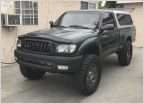 95 4x4 transmission mount part #
95 4x4 transmission mount part #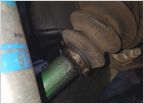 Can you actually protect rubber CV boots?
Can you actually protect rubber CV boots?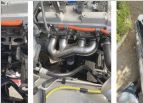 Full exhaust replacement
Full exhaust replacement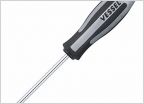 Can't remove rear tail light lens due to frozen/stripped screws on 1996
Can't remove rear tail light lens due to frozen/stripped screws on 1996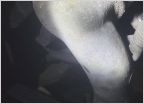 Stripped Thermostat Housing Nut
Stripped Thermostat Housing Nut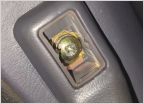 Any suggestions on getting these JIS screws out?
Any suggestions on getting these JIS screws out?







































































